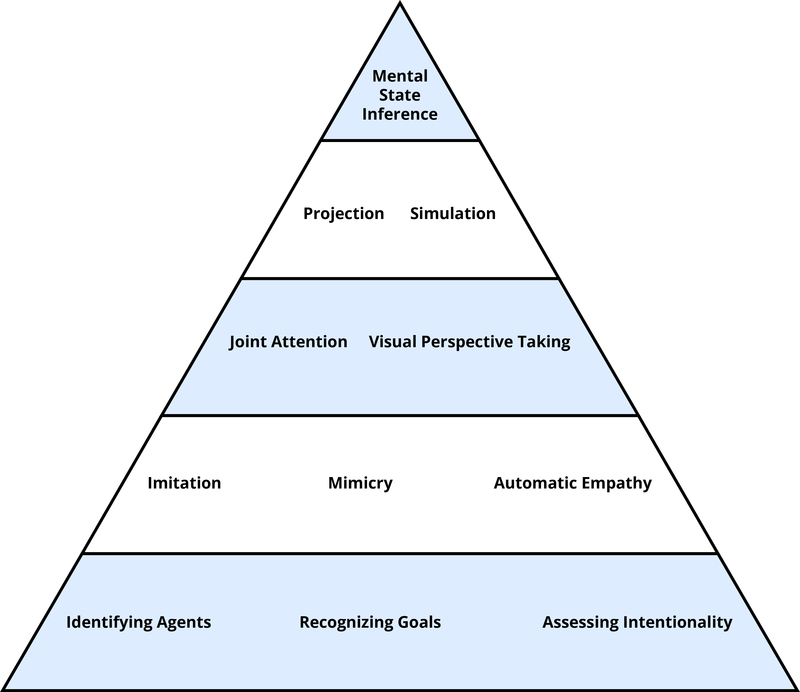The theory of mind, or ToM, refers to the ability to represent our own mind and that of others, this allows us to interpret and predict behaviors through the mental states that we attribute, these mental states can be feelings, thoughts, beliefs, desires. , etc. To understand this, let’s look at a simple example.
Imagine looking out the window and seeing your neighbor walk out the door, and then he put his hands in his pockets, then turn around and go back to where you live. It’s probably not that hard to understand this behavior, you’ll think you forgot something, that’s because you were able to get into his mind and interpret the behavior, it’s the skill that, in psychology, is treated under the so-called theory. of the mind.
- The ToM comes from the current of constructivism.
- In which the human being is seen as a scientist who creates an intuitive theory of a reality based on concepts.
- So ToM assumes that all notions and ideas about the mind form a great conceptual system.
- We are saying that something is a conceptual system when.
- When it comes to defining.
- Rather than having an explicit definition.
- We have a network of interdependent concepts that define it.
There are two fundamental aspects to understanding this conceptual system:
Thus, we can define the theory of the mind as a cognitive system that, through a conceptual basis and certain mechanisms of inference, fulfills the function of interpreting, predicting and managing behavior, from this definition it can be inferred that the mind is what unersies perception. and action: if we can represent an individual’s mind, we can deduce their behavior.
But here is the question: how does the mind intervene in perception and action and what can we infer from it? Understanding this is important to understanding how we can, simply by intuiting a person’s thoughts, anticipate their behavior. Together with his colleagues, he has developed a causal theory of ToM that seeks to explain this.
According to this theory, it all begins because through perception we generate beliefs about reality, these beliefs, as well as our educational and biological provisions, would generate desires, those desires that, in turn, would change our beliefs to promote their realization. The interaction between beliefs and desires would result in a number of behaviors to satisfy desires.
This model has a flaw: it is too simplistic to explain the reality of behavior production. But it is not necessary to see from a scientific point of view, because we seek the reasoning that the brain does, not reality. It seems to be the theory that our brain uses to interpret and anticipate our own behavior and that of others. It may be inaccurate and lead to errors in some situations, but it’s a quick shortcut that works over and over again.
ToM would not be a capability we could count on from birth. In fact, it would be a way of working that most of us would be born with potential; that is, as if it were pre-installed, this pre-installation, speaking in terms of computing, to become a real installation, would require stimulation in certain sensitive periods of our development.
The age of appearance of the theory of the mind?In which the installation is completed it is estimated between 4-5 years, when children begin to solve the tests of “false belief”. This skill only appears at this age because the child must first develop a number of concepts.
To use ToM, the child must develop two aspects
Moreover, once the theory of the mind is developed, it does not mean that it is a passive process of the human being. This ability influences the development of other skills, some of which are much needed for people; empathy among them. When the child begins to understand the beliefs and desires of others, he begins to put themselves correctly in the shoes of others—an essential aspect for a good development of empathy.

